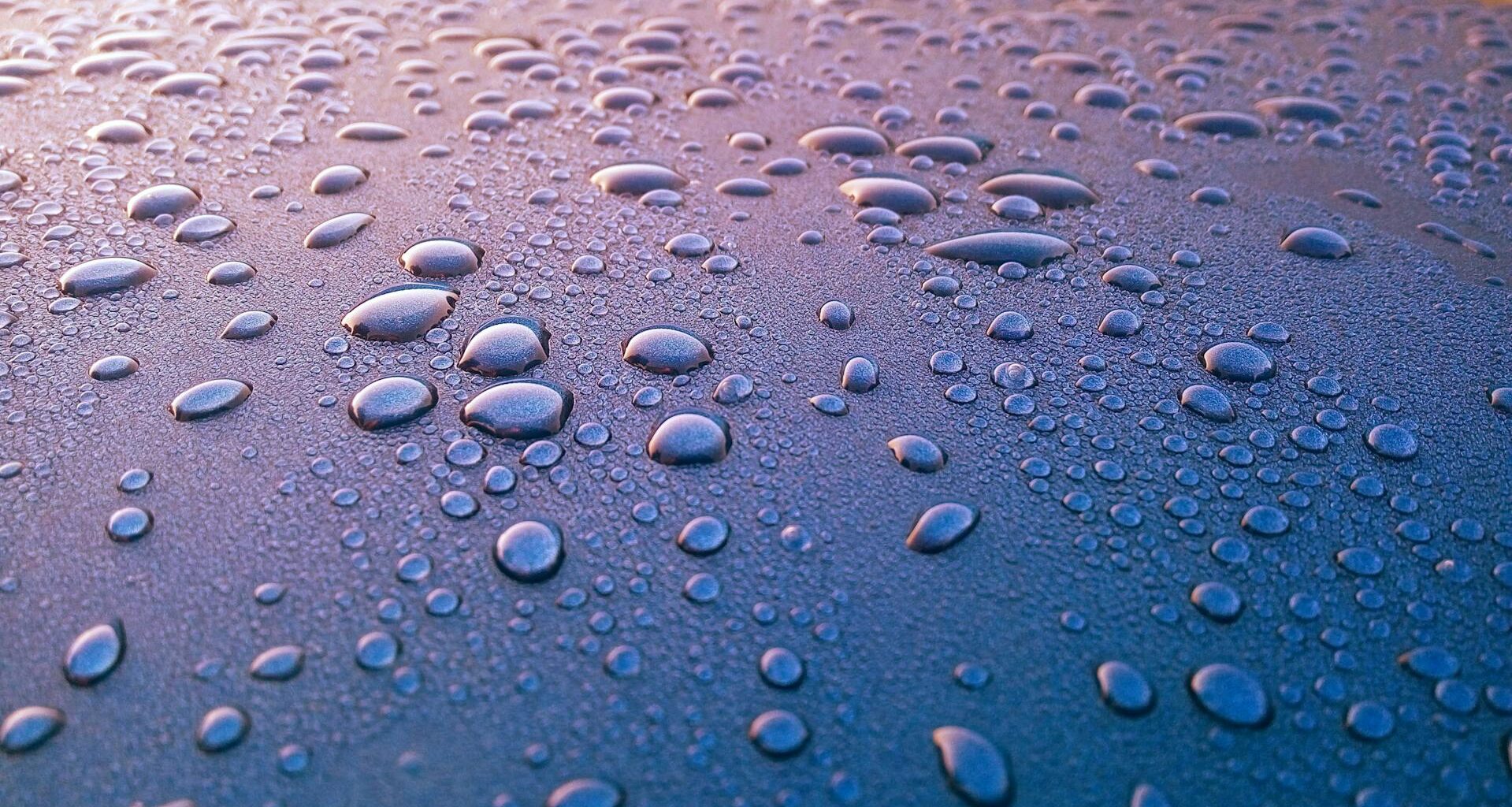A team of European researchers has observed the spontaneous formation of droplets in an ultradilute quantum gas, driven by surface tension effects similar to those in classical liquids.
This is quite a rare phenomenon because quantum gases are millions of times less dense than liquids and typically lack the surface tension needed to hold droplets together. The formation of quantum droplets indicates that something highly unusual is happening at such low densities.
The findings could pave the way for new methods to control and manipulate quantum matter and contribute to the development of novel materials and quantum technologies.
Understanding the basics of surface tension
Before diving into the observation made by the researchers, you first need to understand three interconnected concepts.
The first is surface tension — a cohesive force at the surface of a liquid that pulls its molecules together, reducing the surface area. This occurs because molecules at the surface are attracted more strongly to each other than to the air above.
As a result, the liquid forms shapes, like droplets, to minimize surface area. It is responsible for the formation of dew drops, soap bubbles, and raindrops. In some cases, surface tension gives rise to capillary instability, disturbances in liquid columns that eventually force them to break into separate droplets to lower the surface energy.
A well-known form of capillary instability is Plateau–Rayleigh instability. This concept was proposed in 1873. It describes how a cylindrical stream of liquid becomes unstable due to surface tension and breaks into droplets.
This is commonly observed in water streams breaking into droplets as they fall. An everyday example of this is the thin stream of water from a tap breaking into droplets as it falls.
All three phenomena are commonly observed in classical liquids, but the study authors demonstrated their occurrence in an ultracold mixture of potassium and rubidium atoms. This is probably the first time an atomic gas has shown such behavior.
Exploring capillary instability in a quantum gas
The study authors observed that when an ultradilute quantum gas (the potassium rubidium atomic mixture) was brought down to temperatures approaching absolute zero, it remained in the gaseous phase but at the same time exhibited liquid-like properties and formed a single quantum droplet.
This droplet was then placed in a laser-created path, where it stretched into a thin line. The elongated quantum droplet, when stretched beyond a critical length, became unstable and broke into smaller droplets.
The study authors examined this process in great detail using numerical simulations and some experiments and noticed a type of capillary instability in action. They found that the breakdown happened in a way similar to the Plateau–Rayleigh instability of classical liquids.
“While the Plateau–Rayleigh instability is well-known in classical liquids and has also been observed in superfluid helium, it has never before been seen in atomic gases,” Chiara Fort, one of the study authors and a physicist at the University of Florence, said.
The study authors claim that their measurements not only deepen the understanding of this unusual liquid phase but also show the potential for creating quantum droplet arrays, which could be useful in future technologies such as hi-tech quantum sensors and simulators.
The study is published in the journal Physical Review Letters.
